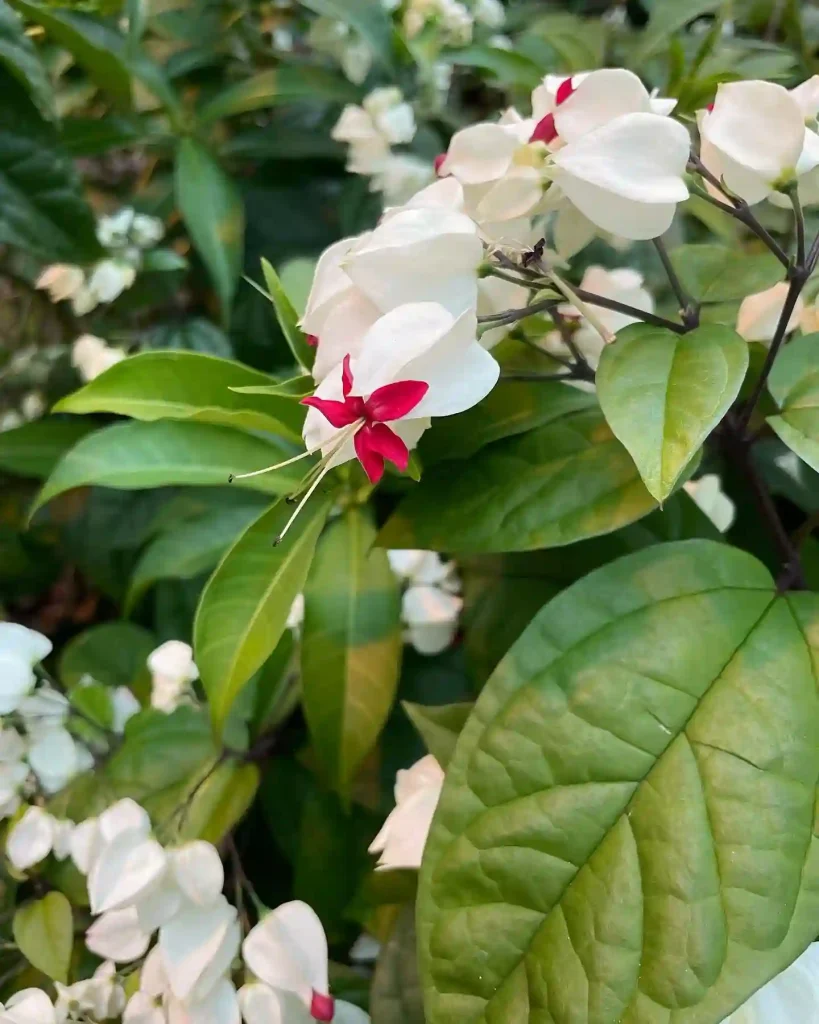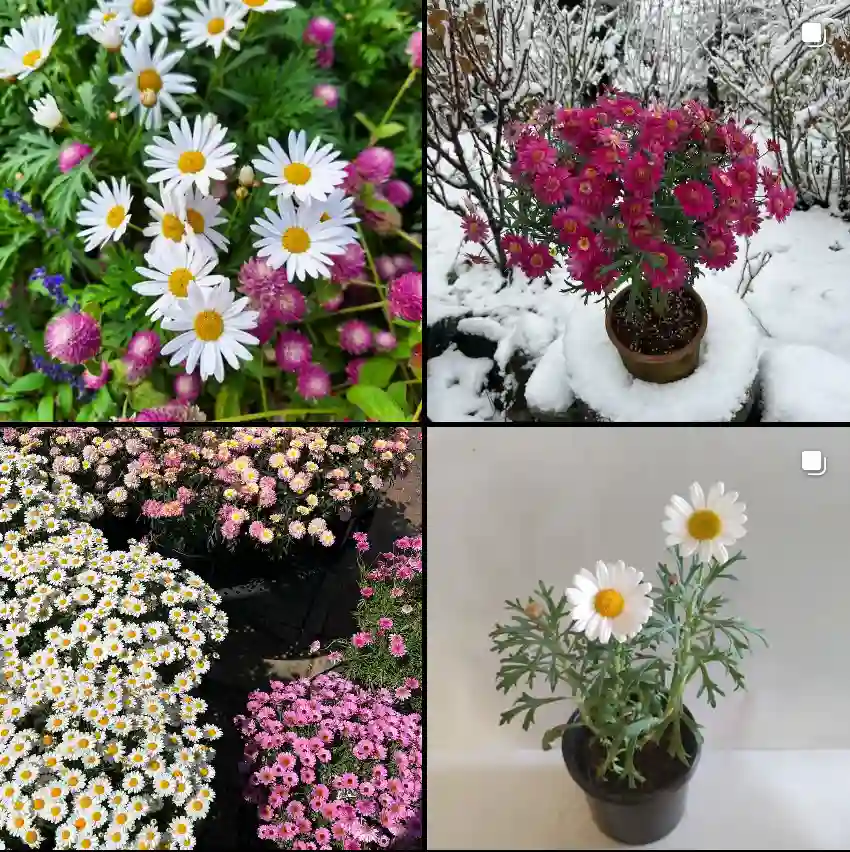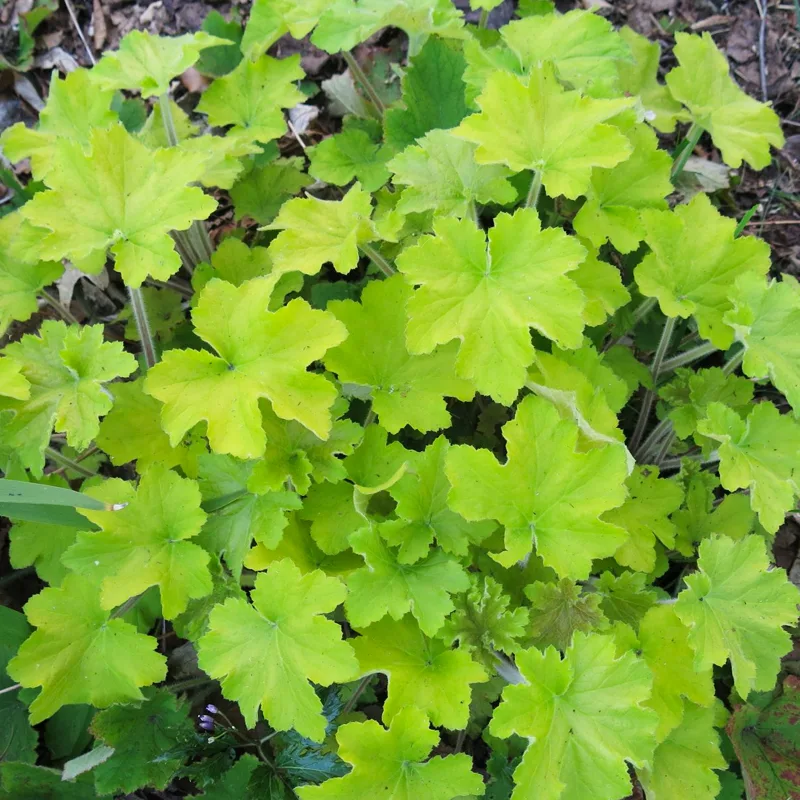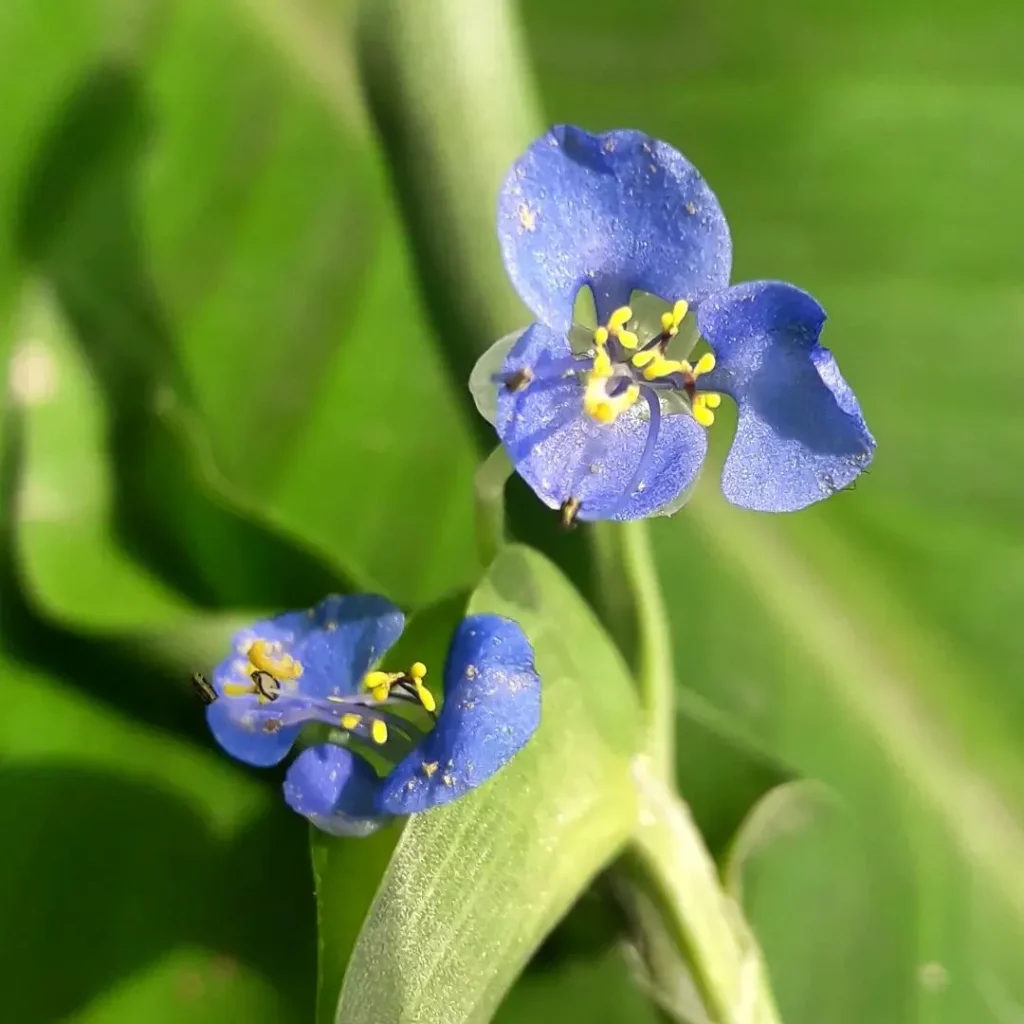Exploring the Genus Quassia: A Closer Look at Quassia amara
As an avid plant enthusiast, I’ve always found myself drawn to unique and fascinating plants. Among the intriguing genera, Quassia has captured my attention for its historical use in traditional medicine and its unique botanical properties. One of its species, Quassia amara, stands out not just for its practical applications but also for its striking beauty. In this article, I’ll dive into the genus Quassia, focusing on Quassia amara, and share my insights on why this plant deserves more recognition among plant enthusiasts and horticulturists alike.
The Genus Quassia: A Brief Overview
The genus Quassia belongs to the family Simaroubaceae and is native to tropical regions of Central and South America. It is known for producing bitter compounds, which have traditionally been used for medicinal purposes. In fact, the genus was named after a famous Surinamese healer, Quassi, who used its bark to treat various ailments, especially digestive disorders. This historical association with traditional medicine is what initially piqued my interest in this genus, as it bridges the worlds of botany and ethnobotany.
The genus includes several species, but Quassia amara is one of the most widely studied and utilized. Plants in this genus are generally shrubs or small trees, characterized by their bright red flowers, which are quite striking against their deep green foliage. In a tropical garden setting, these plants can add a vibrant splash of color, but they’re also valuable for their natural insecticidal properties.
Introducing Quassia amara: The Bitterwood
One of the most fascinating species in the genus is Quassia amara, also known as Bitterwood or Amargo. This plant is particularly famous for the potent quassinoids it produces, which give it its intense bitterness. I’ve read that these compounds are not just responsible for the plant’s characteristic taste but also its medicinal and insecticidal properties. For a plant lover like me who appreciates functionality in flora, Quassia amara is a compelling choice.
Botanical Features of Quassia amara
Quassia amara is a small tree or shrub, typically reaching heights between 1 to 5 meters. Its bright red flowers are tubular and arranged in clusters, which is a sight to behold in full bloom. The flowers contrast beautifully with the dark green, compound leaves, making it a visually striking addition to any tropical or subtropical garden.
The leaves of Quassia amara are pinnate, meaning they have leaflets arranged along either side of a common axis. The structure of the leaves gives the plant a lush, full appearance, while the deep green color adds to its allure. As an ornamental plant, it’s undeniably beautiful, but its appeal goes beyond aesthetics.
Medicinal Properties and Uses of Quassia amara
Historically, Quassia amara has been used for its medicinal properties. The bark and wood of this plant contain quassinoids, which are known for their anti-inflammatory, antimalarial, and antiamoebic effects. Traditional healers have used extracts from Quassia amara to treat digestive issues, malaria, and even as an anthelmintic to expel parasitic worms. This plant’s use in traditional medicine is fascinating to me because it shows how the natural world has long been a source of healing for various cultures.
From a modern perspective, the extracts of Quassia amara are still utilized in herbal medicine and sometimes in over-the-counter digestive aids. Although I’m not personally involved in herbal medicine, knowing that this plant has so many applications makes it even more intriguing. The natural bitterness of Quassia amara’s compounds can stimulate digestion and is often used as a flavoring in certain liqueurs and bitters. It’s amazing how versatile this plant is, offering both medicinal benefits and practical uses.
Natural Insecticidal Properties of Quassia amara
Another aspect of Quassia amara that I find incredibly useful is its natural insecticidal properties. The plant’s bitter compounds act as a deterrent to many pests, making it a great option for eco-conscious gardeners like myself who are looking for natural ways to protect their plants. In fact, Quassia extracts have been used as insecticides in both agricultural and household settings.
By using Quassia amara extracts, gardeners can manage pests without resorting to synthetic chemicals, which is beneficial for the environment. I personally appreciate any plant that offers a natural solution to pest control, especially in a home garden where sustainability is a priority. Plus, for those of us who grow edible plants, a natural insecticide like Quassia ensures that we’re not introducing harmful chemicals into our food.
Growing Quassia amara: Tips for Plant Enthusiasts
If you’re interested in growing Quassia amara, it does require a bit of specific care. The plant thrives in warm, humid environments, ideally in tropical or subtropical climates. It prefers well-drained soil and benefits from regular watering, though it shouldn’t be left in standing water, as that can lead to root rot. For those in cooler climates, growing Quassia amara might be challenging, but it could be kept as a potted plant indoors if you can mimic a warm, humid environment.
This plant also requires moderate sunlight; too much direct sun might scorch the leaves, while too little can inhibit its growth. In my experience, finding the right balance of light and humidity is key to keeping tropical plants healthy, and Quassia amara is no exception. If you have a greenhouse or can provide it with ample warmth and humidity, you’re likely to be rewarded with a healthy, beautiful plant that brings a unique flair to your collection.
Why I Recommend Quassia amara
For anyone who appreciates plants with both beauty and function, Quassia amara is an exceptional choice. Not only does it bring vibrant color and lush foliage to the garden, but it also offers practical benefits with its medicinal properties and insecticidal qualities. The history of Quassia amara and its connection to traditional medicine adds a layer of depth to its appeal, making it a plant that’s both fascinating and functional.
Whether you’re a seasoned gardener or just starting out, this plant has something to offer. For me, growing Quassia amara is a way to connect with the natural world on a deeper level, appreciating both the beauty and utility that plants bring to our lives. I highly recommend giving this unique species a place in your garden or home; it’s truly a one-of-a-kind plant that embodies the perfect blend of history, practicality, and aesthetic appeal.
If i die, water my plants!



